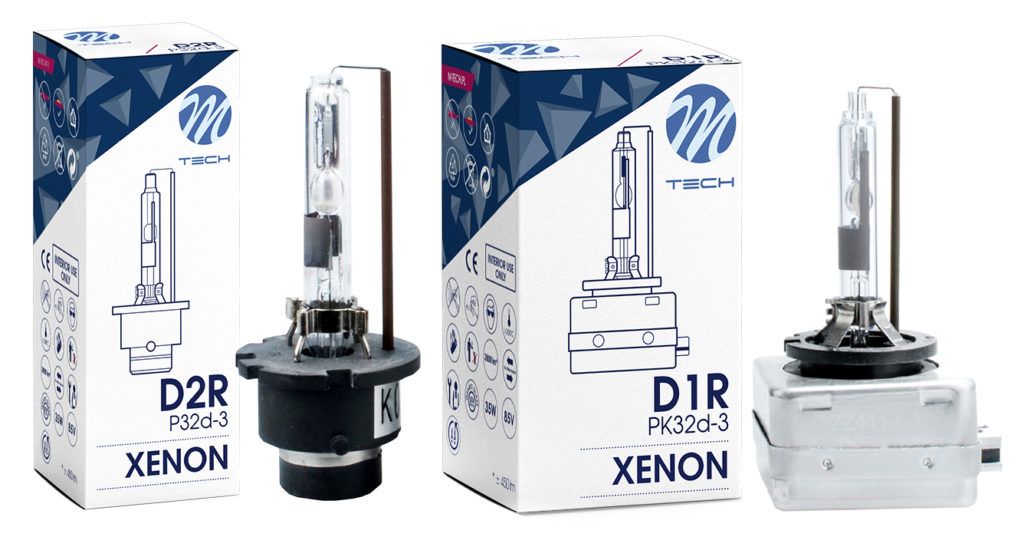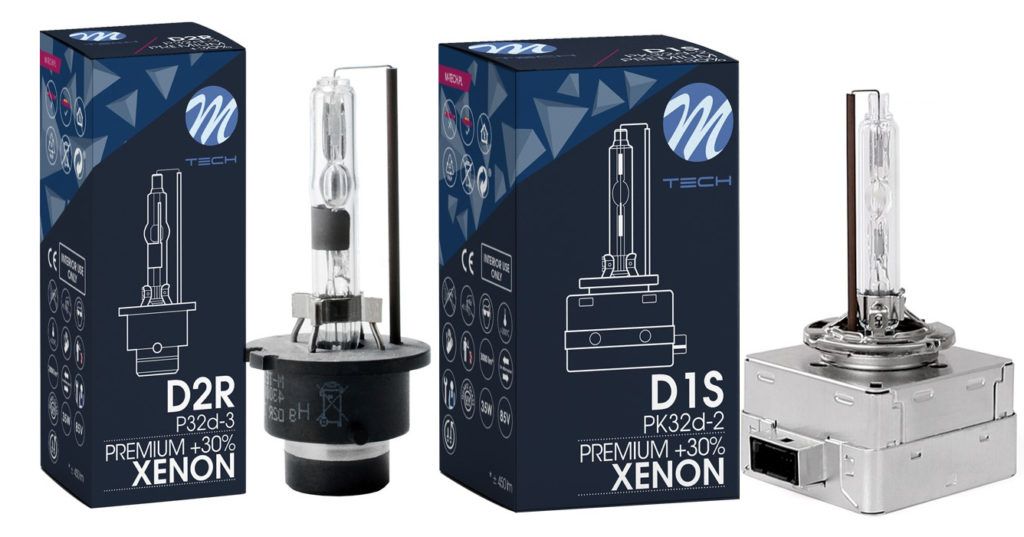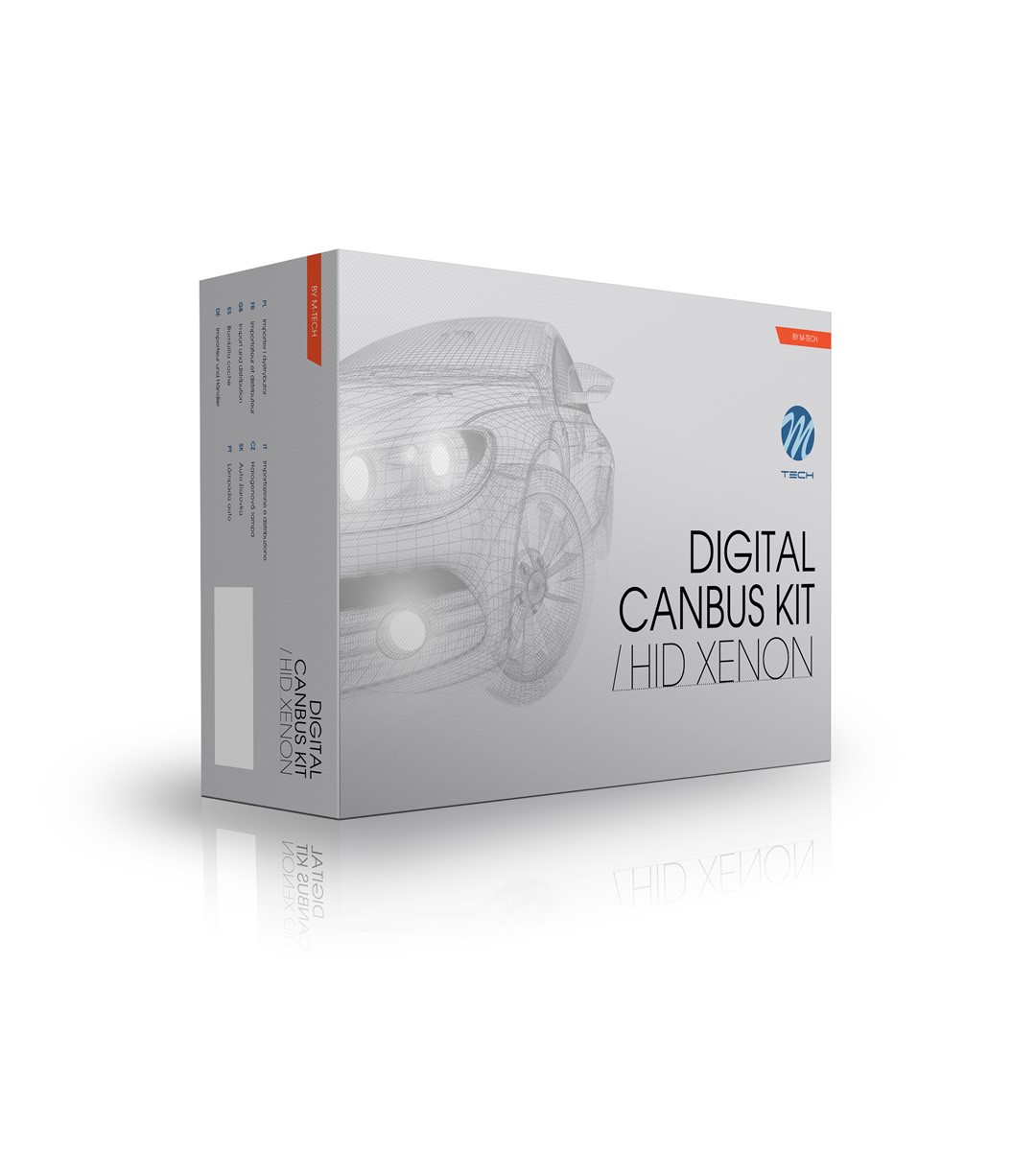Everything you need to know about discharge lamps
The desire to move freely has accompanied people, basically from the very beginning. Newer and newer means of locomotion have accelerated the development of civilisation, making travel farther, faster and cheaper. Technological progress has made cars widely available, and the multitude of vehicles on the road has created new challenges for vehicle manufacturers, not only economically, but also those related to improving comfort and safety of travelling. Lighting has accompanied vehicles for decades, constantly evolving and introducing new technologies, each time pushing the performance benchmark to a whole new level. The real leap came in 1991, when BMW presented a 7 series model with headlights equipped with metal halide discharge lamps, or popularly known as xenons. The increase in visible light emission compared to the most efficient halogen bulbs made xenon lamps synonymous with safety and comfort during night travel. A powerful light beam with a colour temperature close to daylight better illuminated road signs and lines on the road, both when driving on dry and wet pavements.
A xenon discharge lamp works on the principle of an electric arc between electrodes surrounded by xenon gas containing additionally metal salts from the halogen group. An integral part of the xenon installation is the converter. Among other things, it has a built-in igniter that generates the 23kV needed to produce a discharge and start the lamp. When the arc stabilizes and the gas heats up brightening up considerably, the voltage drops to 85 V - this is the operating voltage for the two most popular models of xenon bulbs - D1 and D2. The range of xenon bulbs, found in factory installations, is not as wide as in the case of halogen bulbs, but all are available from M-TECH, one of the leaders in the automotive lighting industry.
The list of the most popular models counts just 8 items. Tje first noticeable difference is the integrated box with additional electronics in D1 xenon bulbs. The second difference is the aperture printed on the xenon bulb in models marked with the “R” designation. This is necessary to ensure that headlights without lenses do not dazzle oncoming drivers. Similarly, M-TECH D1R, M-TECH D2R Basic and Premium are for reflector lamps and M-TECH D1S, M-TECH D2S Basic and Premium are for projector headlamps, i.e. those with a lens. With time, additional models of xenon bulbs appeared, but in a slightly more ecological version - D3 and D4. These xenon bulbs are similar in appearance to those previously presented, but are electrically different, and the gas mixture is mercuryfree. The difference in voltage during stabilised operation is less than half and amounts to 42V. This makes D1 and D3 and D2 and D4 xenon bulbs relatively not interchangeable. The newest xenon bulbs on the market are the D5S and D8S models. These are designed to reduce the cost of factory installations in cars. With a reduced wattage from 35W to 25W, they emit a light value similar to halogen bulbs. Both new xenon bulb models are also available in M-TECH’s Premium Xenon range. The use of these xenon bulbs relieves manufacturers of the need for headlight washers and a levelling system. In existing installations, these systems are necessary because a dirty headlight diffuses the strong xenon light beam, which can result in blinding other road users. The levelling system is responsible for detecting the front and rear axle angles, so we don’t have to remember to lower the headlights when we pack the boot of our car solidly.



As you can deduce, a factory fitted xenon system is expensive and was initially only fitted to luxury cars. Over time it has become more affordable and can be found on lower end models, but this hasn’t stopped a market developing over the decade for kits to convert traditional halogen lighting to xenon. Popular kits, containing the necessary inverters and xenon bulbs adapted to specific halogen bulbs, are offered by M-TECH in several segments of technological advancement. The best Canbus kits include, among others, XPU series converters, medium models are M-TECH Digital with Digital Basic converters, and the simplest kits with analogue Basic converters, which cost just a fraction of the price of a factory installation, but significantly increase the efficiency of headlights. The supply of these replacements is huge, which often leads importers to offer goods, quite a low quality. Cheap products whose geometry does not match the focal length of the halogen bulb create a danger in traffic. The strong beam of light is reflected chaotically, which influences the opinion of users who assume that such products dazzle and are not suitable for use. It is hard to deny this if the majority of consumers opt for goods from a dubious source, however M-TECH xenon bulbs, proven, technologically refined over the last few years can function properly, increasing the efficiency of headlights and extending the service life several times that of halogen bulbs. This is due to the highly refined geometry of the xenon bulb in relation to a normal halogen bulb, the use of ceramic insulation so that the geometry does not change under the influence of heat, and the metal base. A xenon lamp wears out slowly and as the electrodes burn out, the gas pressure inside the xenon bulb changes. As the pressure decreases, the colour of the light changes, becoming warmer and warmer and finally giving off a pink light. Then we are dealing with a naturally worn out xenon bulb. Xenons should be replaced in pairs. Otherwise, even if we replace the xenon bulb with the same brand, differing in lifetime, they will differ in light colour. This rule applies both to xenon bulbs dedicated to factory discharge lamp installations, as well as xenon bulbs from the segment of tuning accessories. What’s more, when purchasing xenon torches for halogen bulbs, or factory fitment, users can choose the colour of light emitted by the torch, from warm white (4300K) to deep blue and even true blue (10000K). It is also important to note that no solution for converting halogen lights to xenon is road approved and their use on public roads is prohibited in the European Union.
New in the M-TECH offer are converters designed for factory xenon installations, i.e. converters which are replacements for OEM parts. This product group includes over 20 items, which can be used in more than 200 car models. As is often the case in the automotive industry, every technological solution will one day become obsolete. Xenon in luxury cars have already been partially supplanted by LED lamps and their laser variants, but xenons are more common in the segment of cars statistically most frequently seen on our roads. Awareness of xenon users is increasing, the quality of the components used in these lights is improving, and at the same time their prices are falling, which makes them an attractive recipe for improving travel comfort and safety.
Dawid Bystroń
Product Manager

